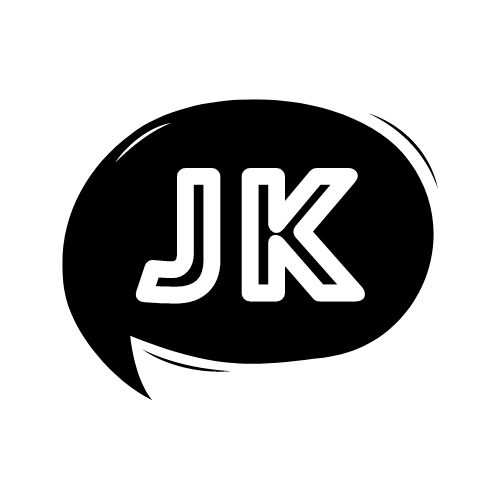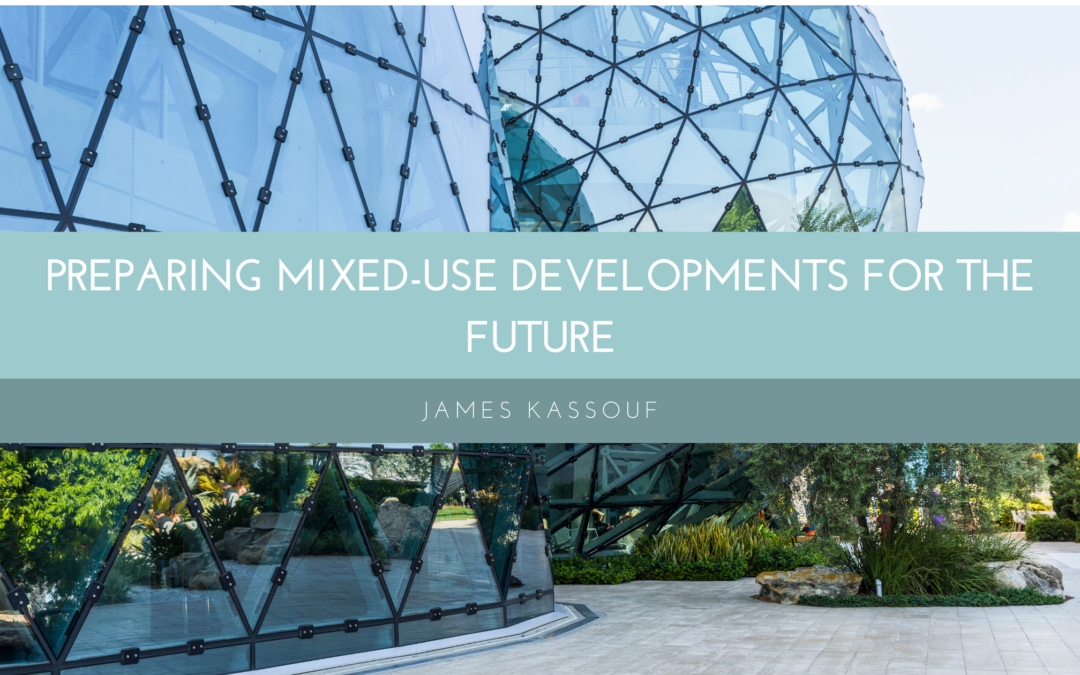In the ever-evolving urban landscape, mixed-use developments are dynamic hubs integrating residential, commercial, and recreational spaces, fostering vibrant communities. Preparing mixed-use developments to thrive in the face of demographic shifts, technological advancements, and sustainability imperatives becomes paramount as we look toward the future.
Embracing Technological Integration
To future-proof mixed-use developments, embracing cutting-edge technology is non-negotiable. Smart building systems, IoT (Internet of Things) integration, and advanced security solutions enhance efficiency, sustainability, and a seamless living and working experience. Implementing technology that adapts to evolving trends ensures that mixed-use spaces remain relevant and attractive to a tech-savvy population.
Prioritizing Sustainability Initiatives
In the face of growing environmental concerns, the future of mixed-use developments hinges on sustainable practices. Incorporating green building technologies, renewable energy sources, and eco-friendly design principles aligns with global sustainability goals and attracts environmentally conscious residents and businesses. Sustainability initiatives are not just a trend but a fundamental aspect of preparing for the future.
Fostering Inclusive and Diverse Communities
Creating inclusive and diverse communities within mixed-use developments is critical as demographics shift and societal norms evolve. Incorporating housing options for various income levels, accessible public spaces, and amenities that cater to a diverse population contributes to the social sustainability of these developments.
Adapting to Changing Work Patterns
The rise of remote work and flexible schedules has transformed how people live and work. Future-ready mixed-use developments should adapt to these changing work patterns by providing coworking spaces, integrating technology that supports remote work, and creating environments that foster a healthy work-life balance.
Enhancing Connectivity and Mobility
The future of mixed-use developments is closely tied to the efficiency of transportation and connectivity. Implementing smart mobility solutions, bike-sharing programs, and prioritizing pedestrian-friendly designs contribute to a seamless and well-connected urban experience. Access to public transportation and sustainable mobility options is integral to the success of these developments.
Flexibility in Design and Functionality
Flexibility is crucial in preparing mixed-use developments for an uncertain future. Designs should be adaptable to changing needs, allowing for the repurposing of spaces as societal trends and demands evolve. This flexibility ensures that mixed-use developments remain versatile and resilient in unpredictable shifts.
Preparing mixed-use developments for the future requires a holistic approach considering technological advancements, sustainability imperatives, shifting demographics, and changing societal norms. By embracing innovation, fostering inclusivity, prioritizing sustainability, and adapting to evolving trends, mixed-use developments can withstand the test of time and thrive as vibrant and resilient urban ecosystems. These forward-looking strategies lay the foundation for mixed-use developments to remain integral to the fabric of our cities for generations to come.

